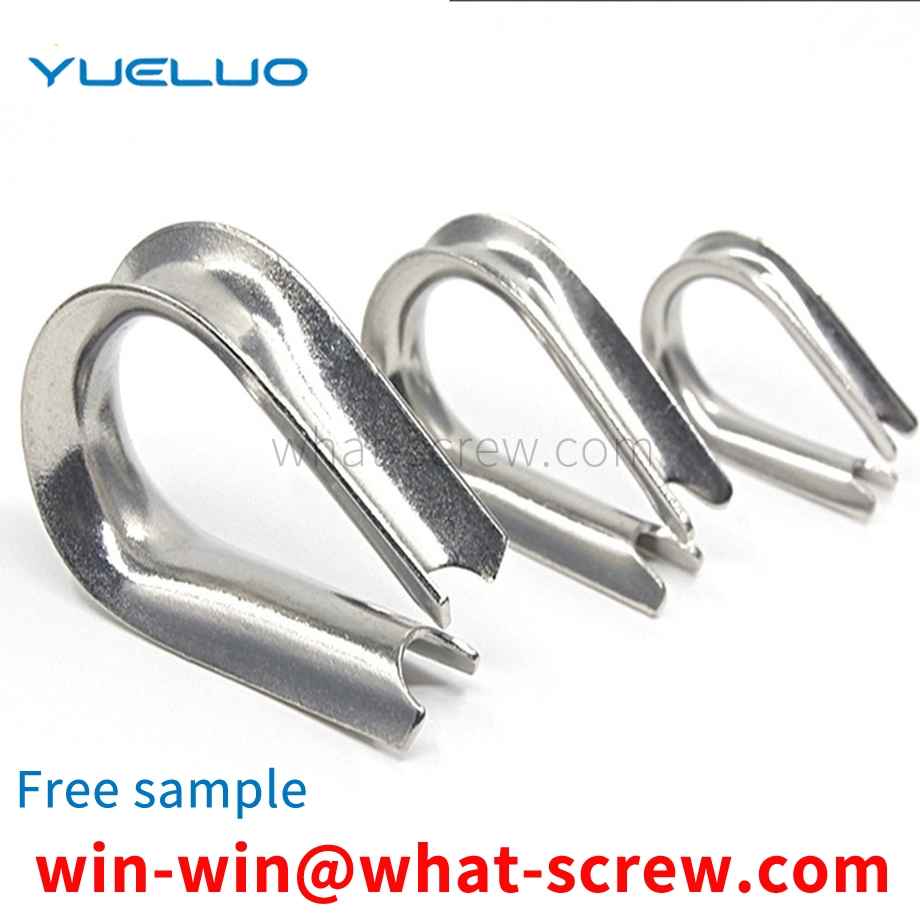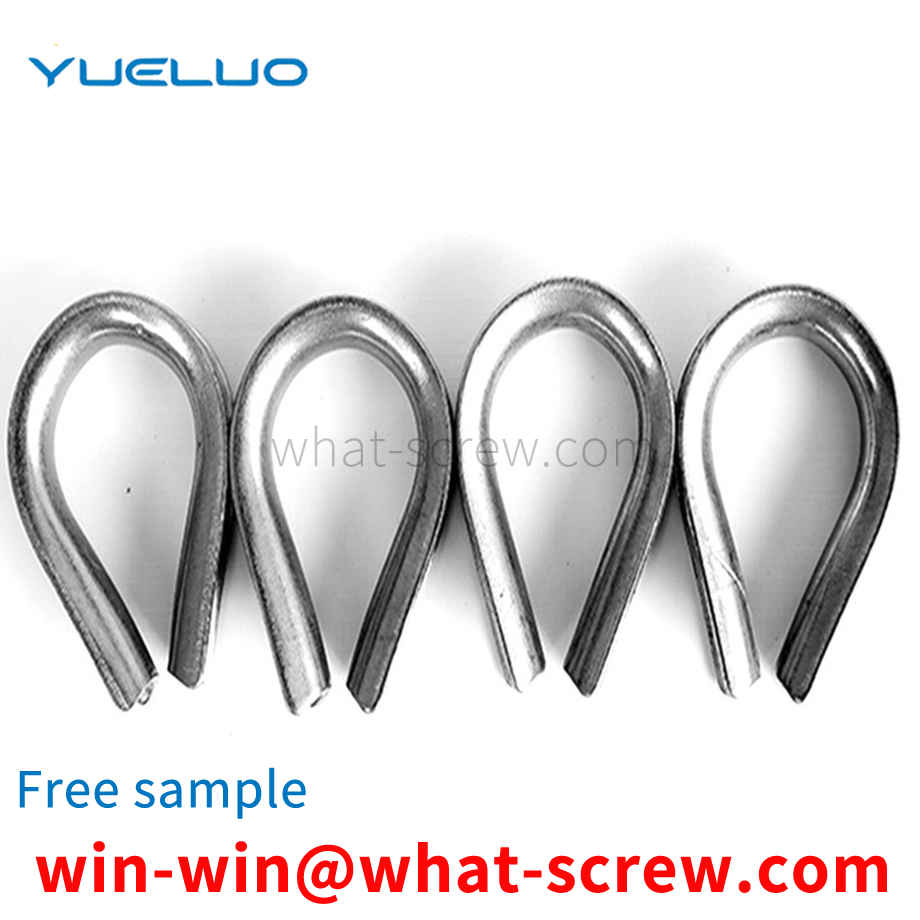Stainless steel screws are classified into austenitic stainless steel, ferritic stainless steel, martensitic stainless steel, and precipitation hardening stainless steel. The selection of stainless steel screws is also based on principles. Where to start, let you choose the stainless steel screws you need. After comprehensive and comprehensive consideration of these five aspects, the grades, varieties, specifications and material standards of stainless steel screws are finally determined. Austenitic stainless steel: the most basic alloying elements of austenitic stainless steel are chromium and nickel. The grade is a chromium-nickel austenitic stainless steel with a chromium content of about 18% and a nickel content of about 8%, often called 18-8 stainless steel. The element ratio of chromium and nickel basically ensures that the structure of the steel is stable austenitic ferritic stainless steel: 430 type ordinary chromium steel, its corrosion resistance and heat resistance are better than 410 type, magnetic, but it It cannot be strengthened by heat treatment, and is suitable for stainless steel screws with slightly higher corrosion resistance and heat resistance and general strength requirements. Martensitic stainless steel: Type 410 and 416 can be strengthened by heat treatment, with a hardness of 35 to 45HRC, and good machinability. They are used for general-purpose heat-resistant and corrosion-resistant stainless steel screws. Type 416 has a slightly higher sulfur content and is a free-cutting stainless steel. Type 420, sulfur content? R0.15%, improved mechanical properties, can be strengthened by heat treatment, maximum hardness value of 53 ~ 58HRC, used for stainless steel screws requiring higher strength. Precipitation hardening stainless steel: 17-4PH, PH15-7Mo, they can get higher strength than the usual 18-8 type stainless steel, so they are used for high-strength, corrosion-resistant stainless steel stainless steel screws. A-286, a non-standard stainless steel, has higher corrosion resistance than commonly used Type 18-8 stainless steels, as well as good mechanical properties at elevated temperatures. Used as high-strength, heat-resistant, corrosion-resistant stainless steel screws, can be used to 650 ~ 700 ℃. Austenitic stainless steel: The commonly used models are 302, 303, 304, and 305, which are the so-called 18-8 austenitic stainless steels. Both corrosion resistance and mechanical properties are similar. The starting point of selection is the production process method of stainless steel screws, and the method depends on the size and shape of stainless steel screws, and also depends on the quantity of production. Type 302 is used for machined screws and self-tapping bolts. Type 303 In order to improve machinability, Type 303 stainless steel is added with a small amount of sulfur and is used to machine nuts from bar stock. Type 304 is suitable for hot heading stainless steel screws, such as longer gauge bolts, large diameter bolts, which may be beyond the scope of the cold heading process. Type 305 is suitable for cold heading processing of stainless steel screws, such as cold formed nuts, hex bolts. Type 309 and Type 310, their Cr content and Ni content are higher than 18-8 type stainless steel, suitable for stainless steel screws working at high temperature. Types 316 and 317, both of which contain the alloying element Mo, have higher high temperature strength and corrosion resistance than 18-8 type stainless steel. Type 321 and Type 347, Type 321 contains a relatively stable alloying element Ti, Type 347 contains Nb, which improves the intergranular corrosion resistance of the material. It is suitable for stainless steel standard parts that are not annealed after welding or serve at 420~1013℃.
Yueluo relates to a self-tapping screw according to the preamble of claim 1. A self-tapping screw is known from EP0623759B1, the ratio of the outer diameter to the smaller diameter of the self-tapping screw is about 1.25-1.5, the ratio of the outer diameter to the pitch lead is about 1.5-1.6 and the thread The flank angles of , are < 50° and ≥ 35°. EP0433484B1 proposes a self-tapping screw whose thread is provided with cutting teeth of approximately arcuate design, and the cutting edge and the thread crest are at the same horizontal position and are set in opposite directions. One purpose of Yueluo is to realize a general type of self-tapping screw so that it can be screwed particularly easily into holes drilled in concrete or other materials such as bricks and the like. According to Yueluo, this object is achieved by the features in the characterizing part of claim 1, and surprisingly, it has been found that the parallel arrangement of the flanks, ie with a flank angle of about 0°, will make screwing particularly easy when screwing in , especially if the diameter of the hole varies within an allowable tolerance. One reason may be due to the fact that there is no lateral pressure on the material screwed into the thread, even if threads of different depths are cut in concrete or other materials such as brick, chipped plywood, or hardwood. The thread cuts into the material over its entire width by cutting grooves. In particular according to the embodiment of claim 13 the material cut out when screwing in the screw can be discharged without any accumulation, the dependent claims reflecting many advantages of further embodiments.
Cylindrical pins are widely used for positioning or connecting components on mechanical equipment, and the cylindrical pins are fixed in the pin holes by means of interference fit. Cylindrical pins are generally processed by a grinding machine and a punch former, but the above processing methods have complex operation procedures, high processing equipment and high processing costs.
Screws are a common type of fastener on the market. It is a type of fastener consisting of a head and a screw. It can be divided into three categories according to its purpose: machine screws, set screws and special purpose screws. Machine screws are mainly used for a fastened connection between a part with a fixed threaded hole and a part with a through hole, without the need for nut matching (this connection form is called screw connection, which is also a detachable connection; it can also be Matching with nuts, it is used for fast connection between two parts with through holes.) Set screws are mainly used to fix the relative position between two parts. Special purpose screws, such as eyebolts, are used for hoisting parts.
Nuts are usually used in conjunction with bolts or screws to fasten other components and are a common and widely used component. In order to make the nut not easy to loosen and fall off when it is subjected to strong vibration and irregular strong toggling, the combined nut has appeared on the market.
We have many years of experience in the production and sales of screws, nuts, flat washers, etc. The main products are: building steel structure bolts, accessories flat round head bolts, butterfly claw hand screws, DIN555 hexagon nuts and other products, we can provide you with products suitable for you fastener solutions.



















 Service Hotline
Service Hotline




